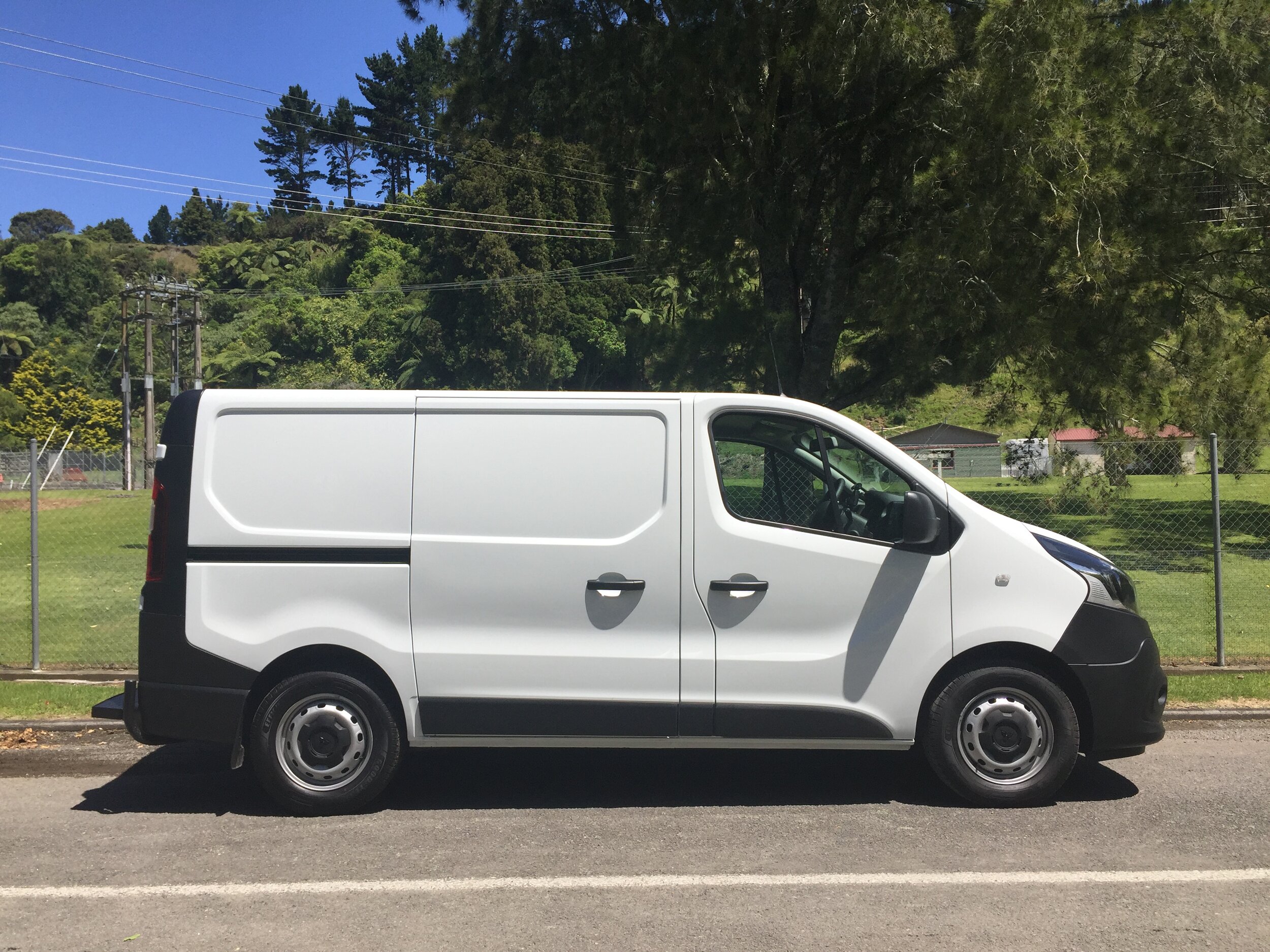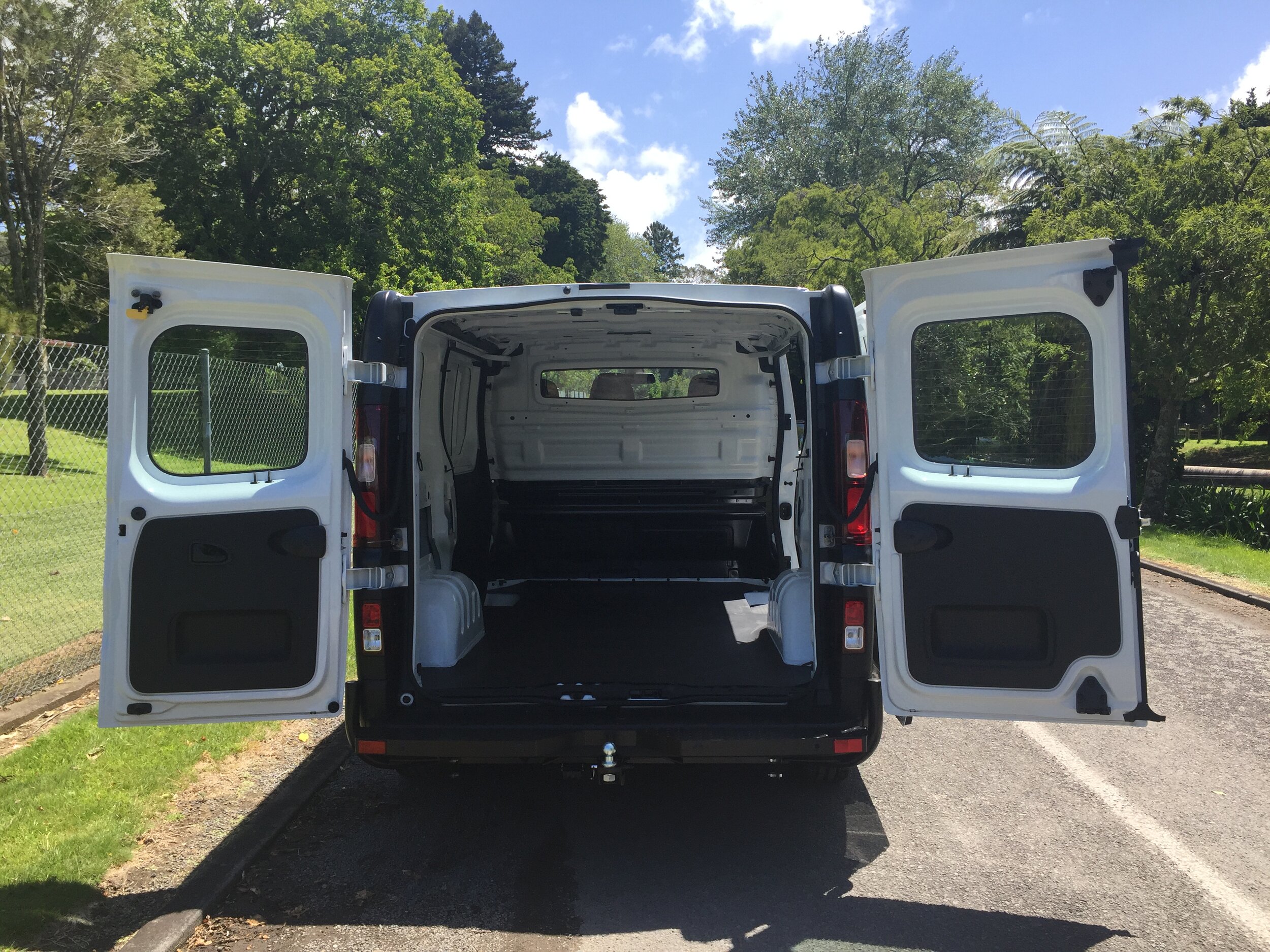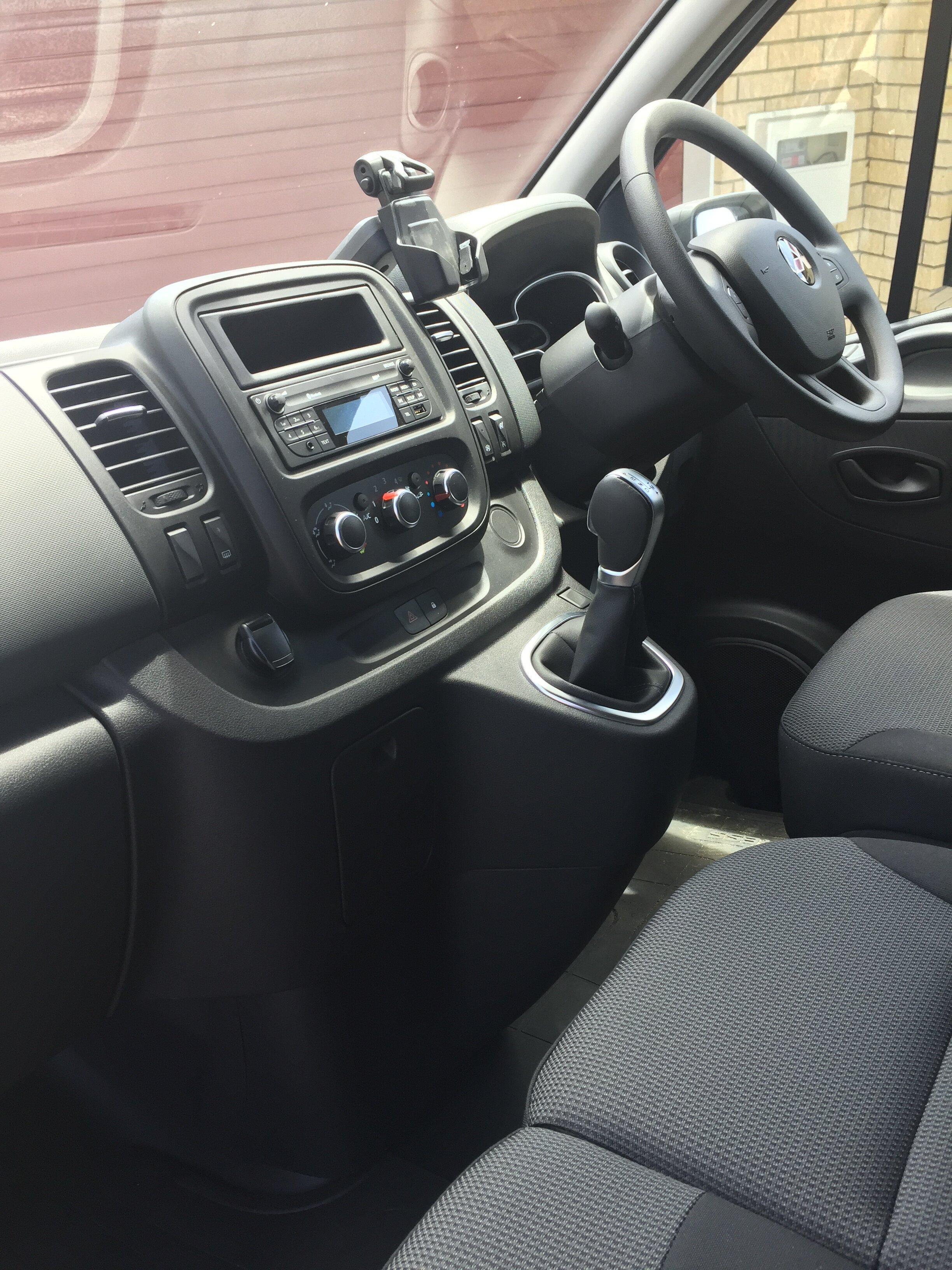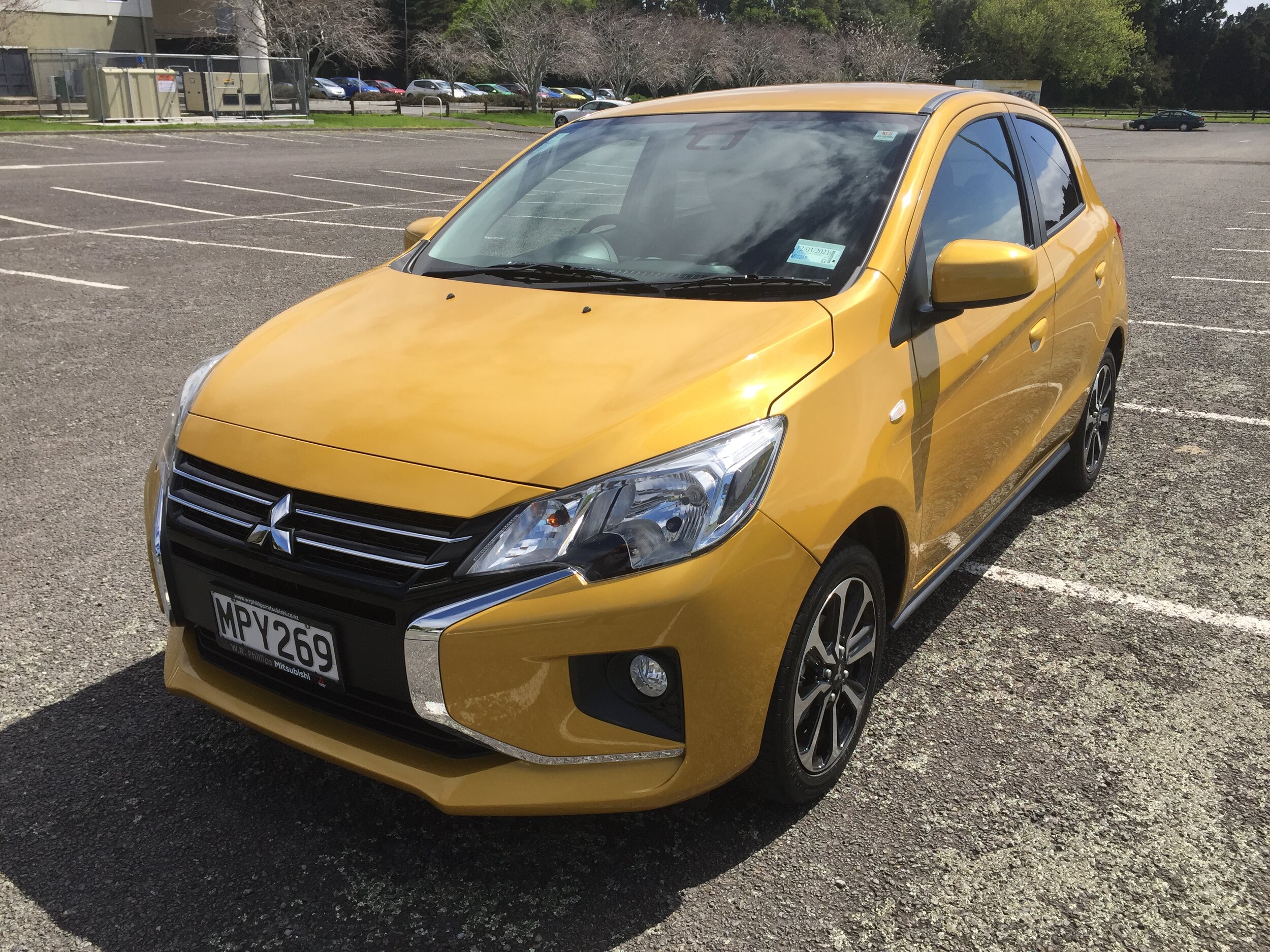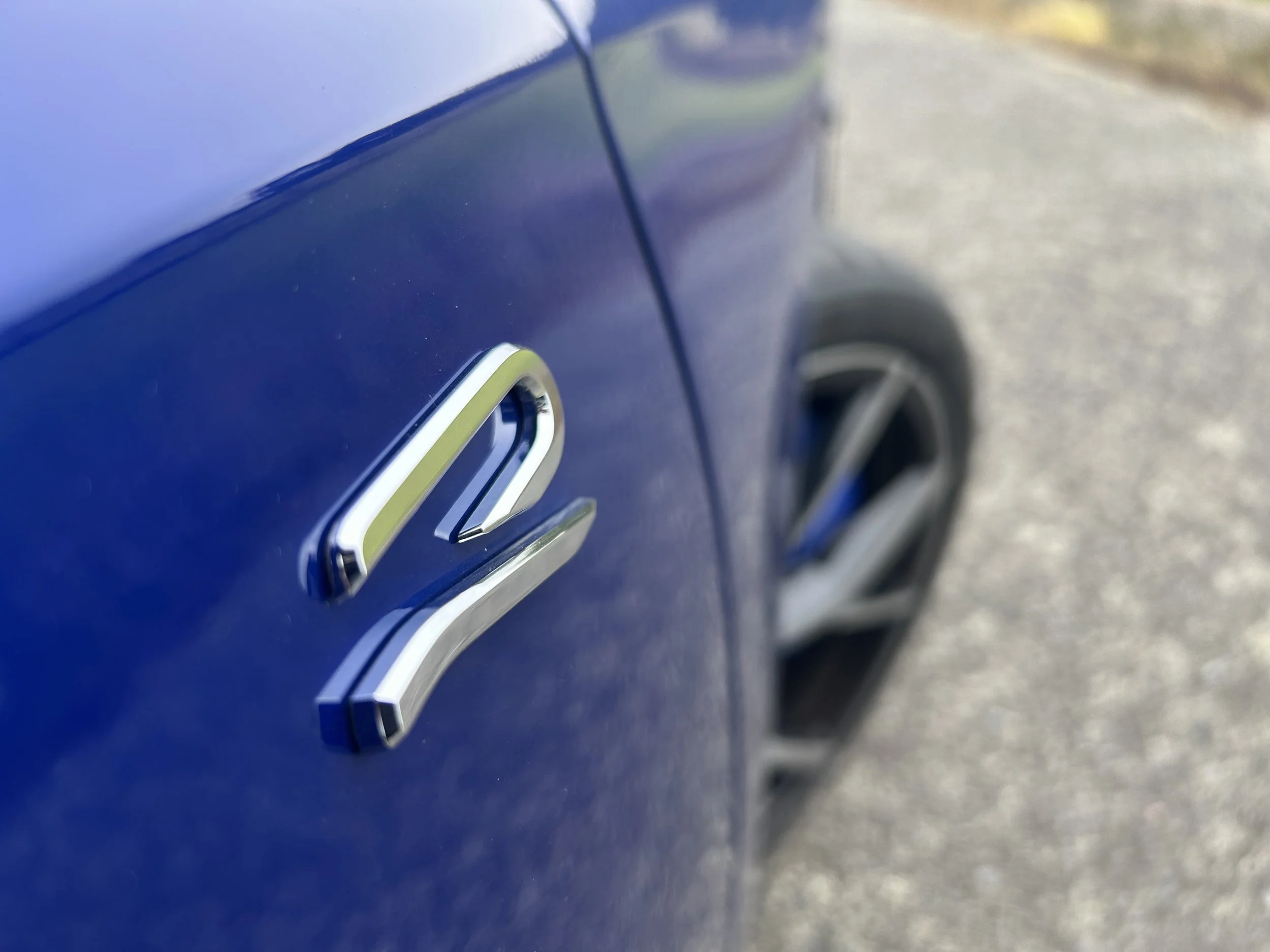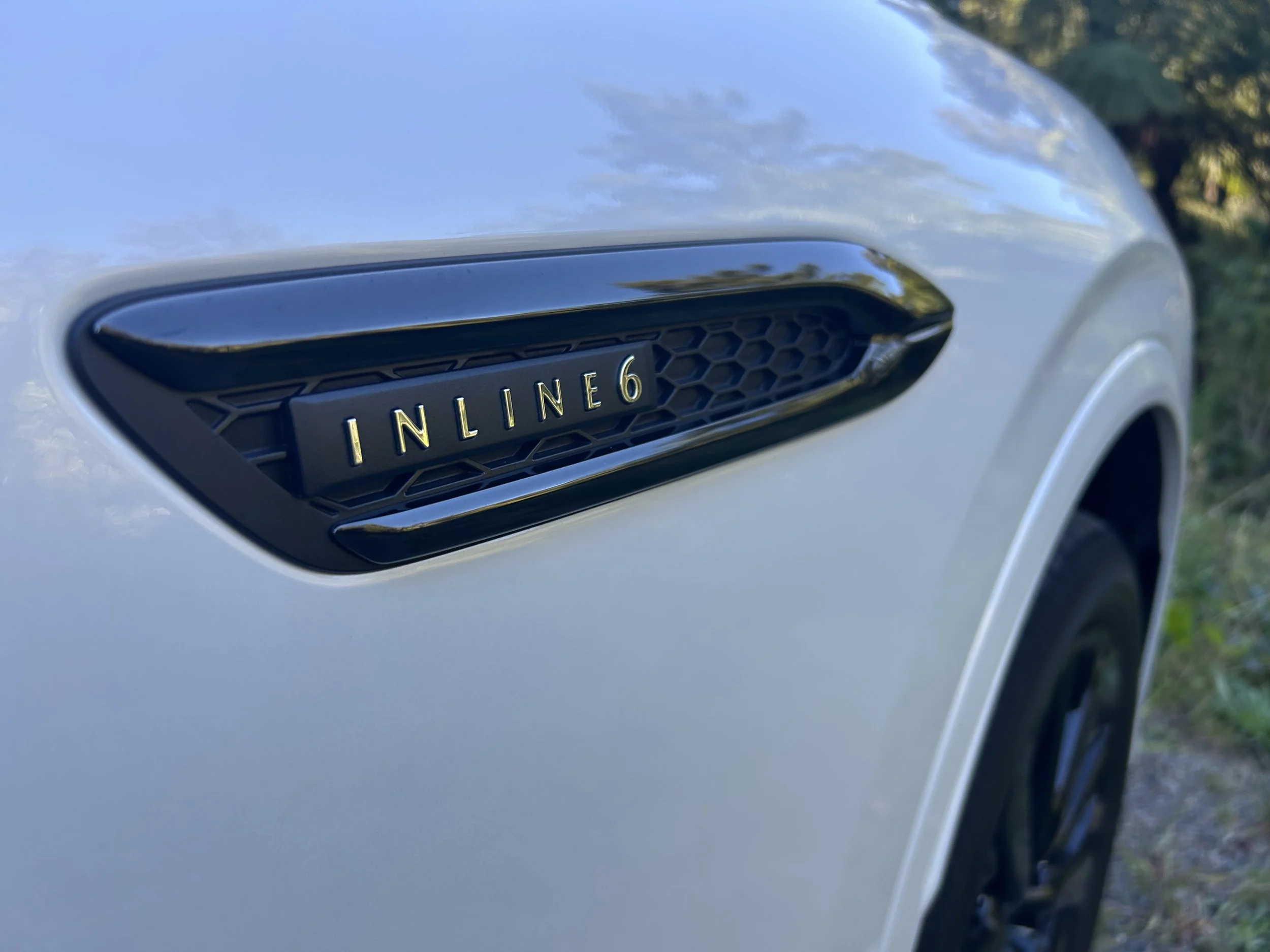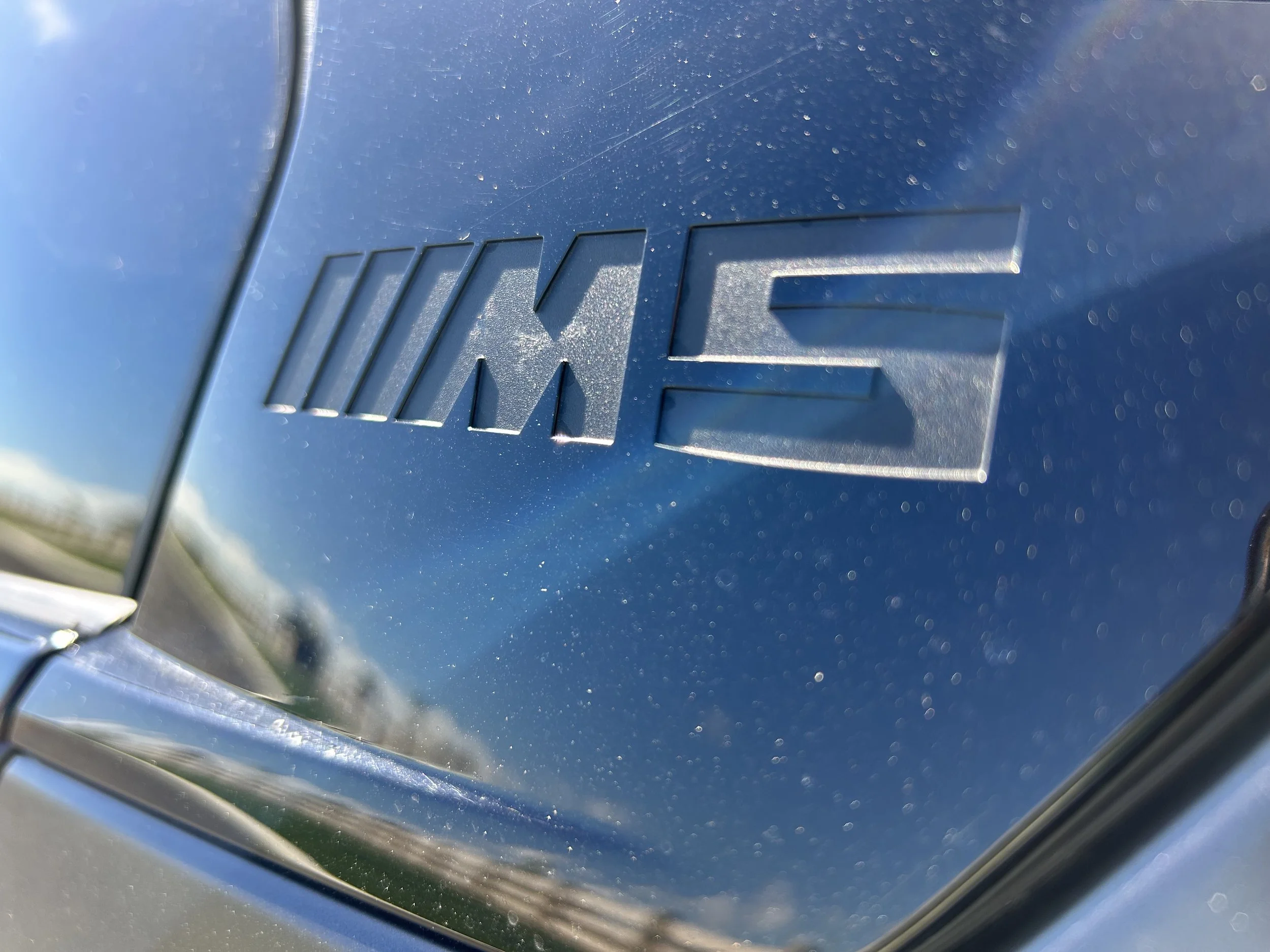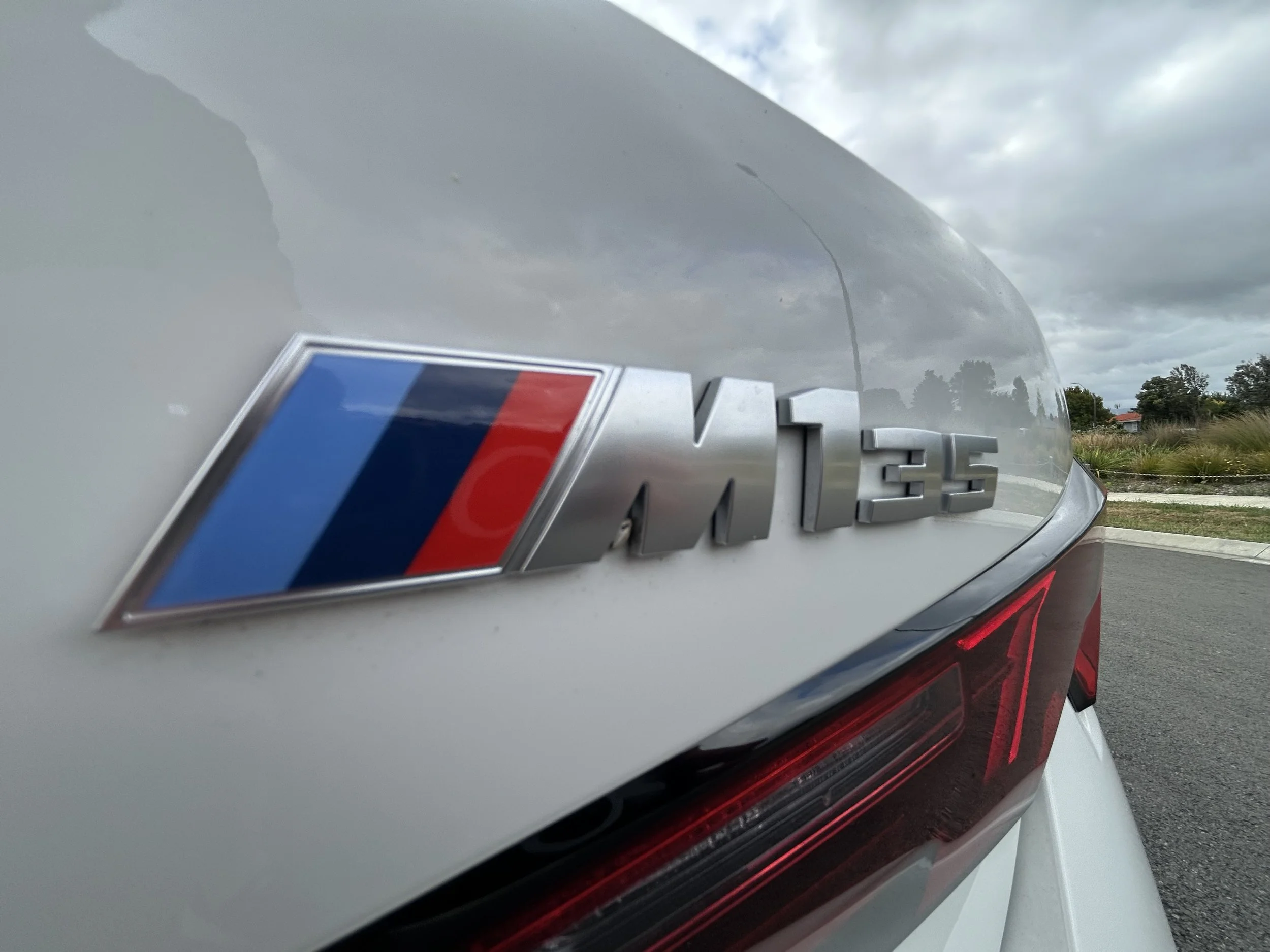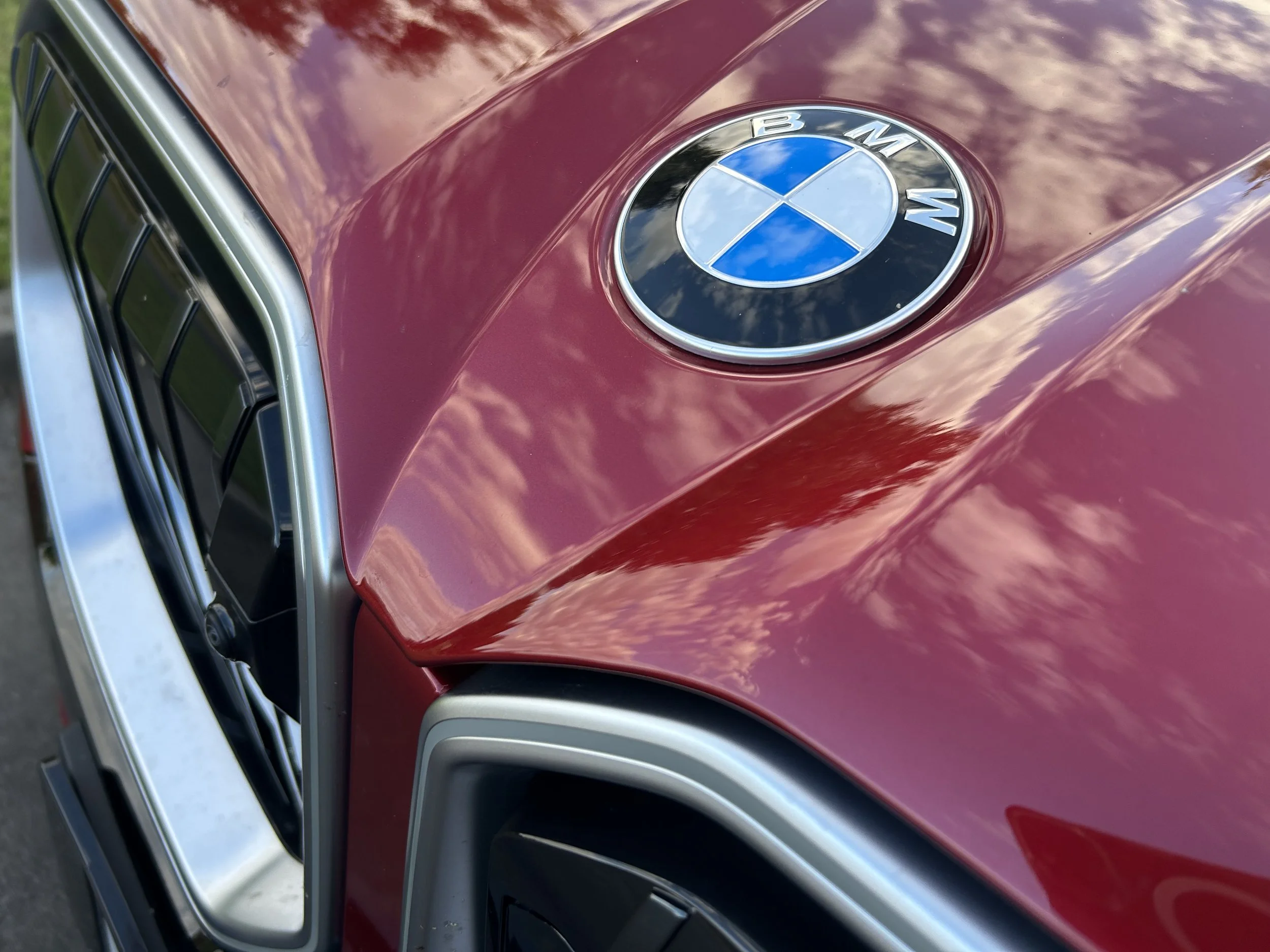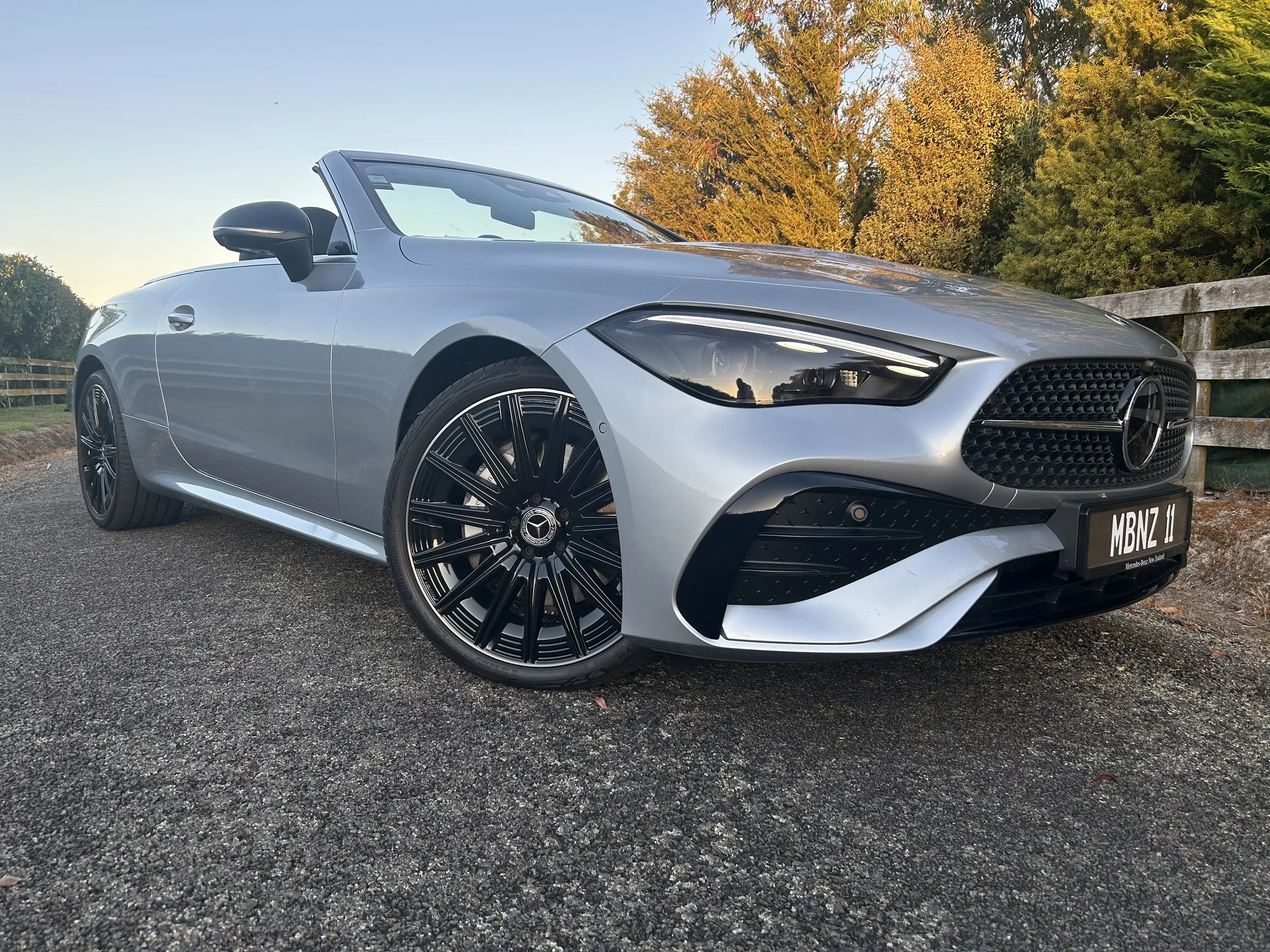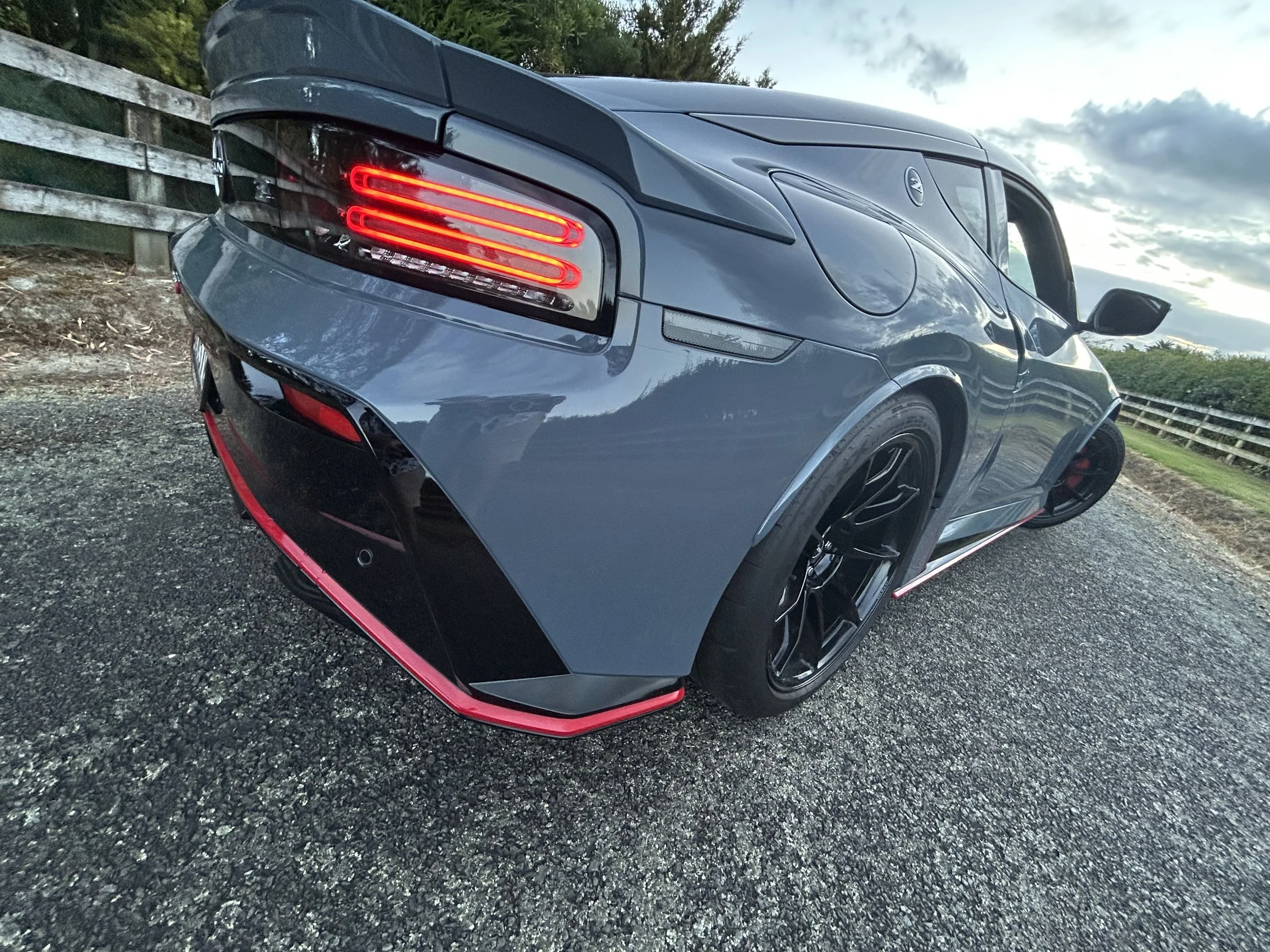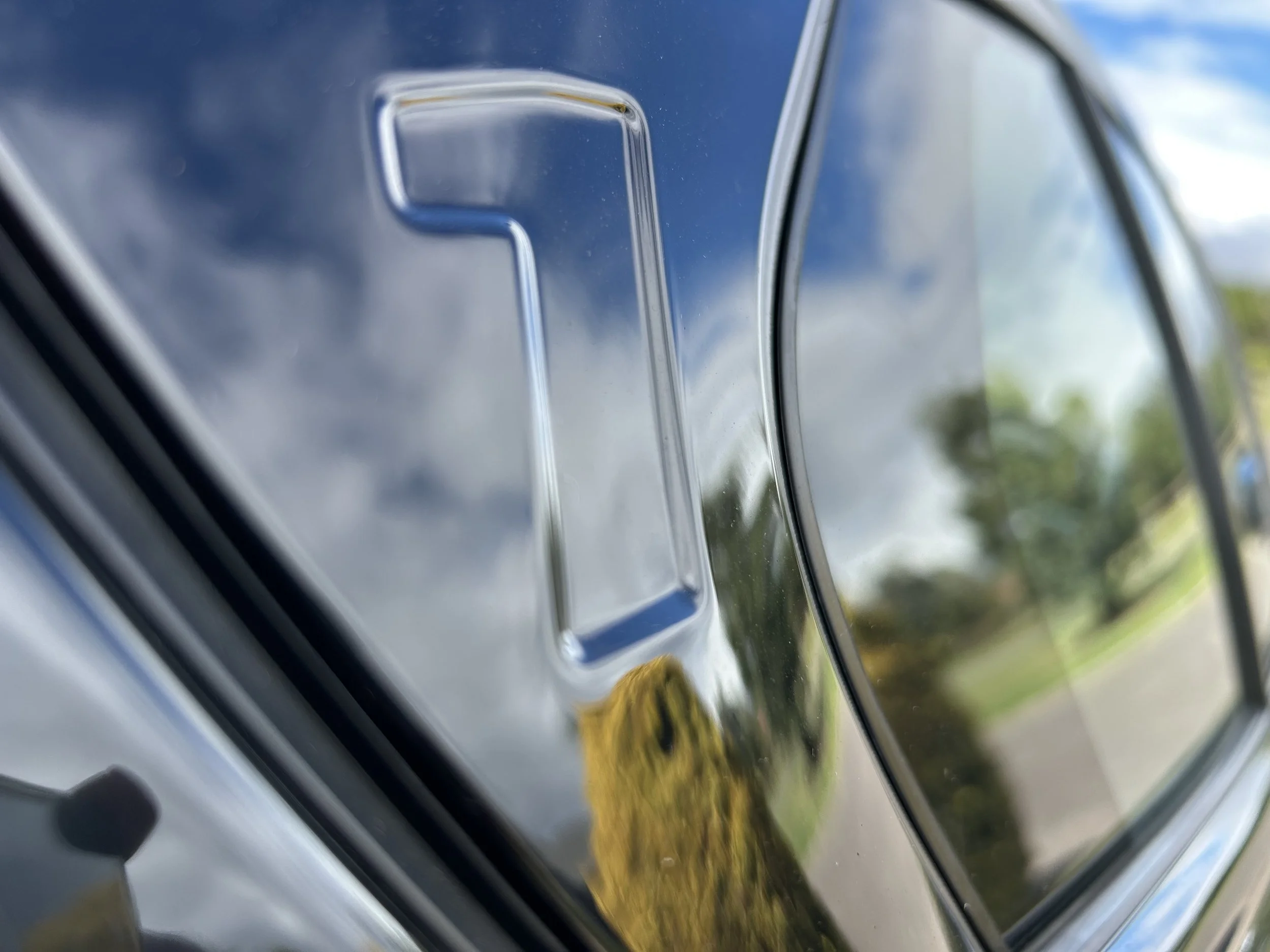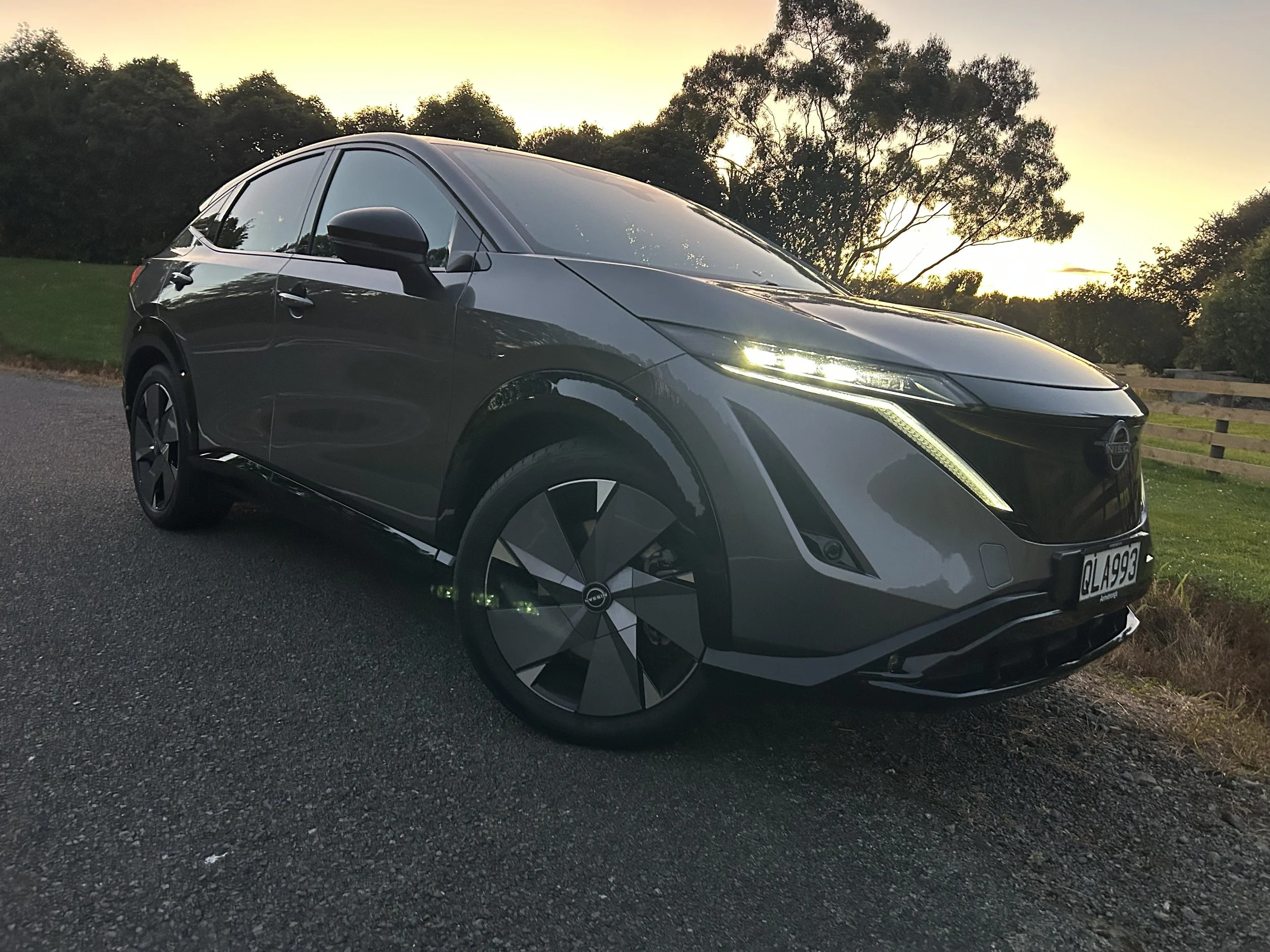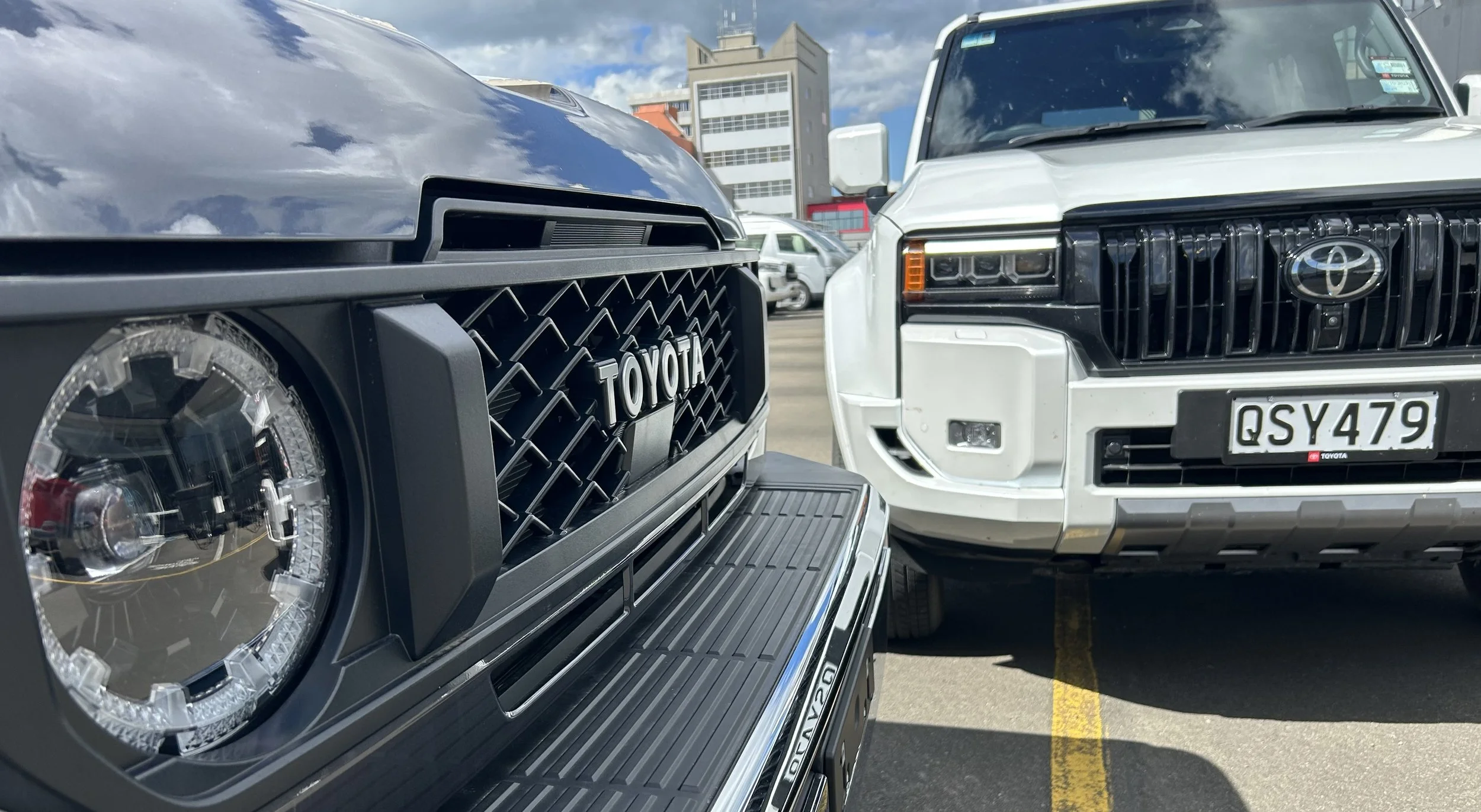Mazda3 SkyActiv X: Lighter shade of hybrid
/Combining beneficial petrol and diesel engine design elements and adding a degree of hybridisation lift this Mazda3 hatch.
Price: $51,995
Powertrain and economy: 2.0-litre four cylinder SkyActiv-X mild-hybrid petrol engine, 132kW/224Nm. Six-speed automatic transmission with Sport mode. Front-wheel drive. Combined fuel consumption 5.5 L/100km, CO2 127 grams/km.
Vital statistics: Length 4460mm, height 1435mm, width 1795mm, wheelbase 2725mm. Luggage space 295 litres. Wheels 18-inch black alloys, 215/45 R18 tyres.
We like: Revolutionary new engine combines spark and compression ignition; mild hybrid helps things along; beautiful interior, excellent levels of specification.
We don’t like: Those A-pillars; it’s early days yet, but CO2 emissions will still be too high.
THERE’S surely little doubt the Government will accept what is recommended in the Climate Change Commission’s interim report on how New Zealand can reduce its net carbon emissions to nil by 2050.
Realising this goal means that, amongst other things, it will adopt the recommendation to ban the importation of all fossil-fuelled light vehicles after 2032.
It’s a hard call, but the cold fact is that in order to achieve its emission reduction goals, our country has to do it.
Latest figures are for 2019. These show transport being responsible for 36.3 percent of all our emissions of long-lived gases, and that petrol and diesel-fuelled cars, SUVs and trucks were responsible for 91 percent of that.
Such emissions for that year were calculated to be 16.6 metric tonnes of CO2 equivalent (mt CO2-e).
The Climate Change Commission’s big report says this must be reduced to 8.8 mt CO2-e by 2035 if New Zealand is to meet its 2050 target.
The only way for New Zealand to do it, says the report, is to go big on electric vehicles. It suggests the EV share of our country’s light vehicle fleet must reach 18 percent by 2025, 40 percent by 2027, 60 percent by 2028, 80 percent by 2030, and reaching the 100 percent by 2032.
That’s a big call, considering that last year less than two percent of all new vehicle registrations were EVs. In fact sales in 2020 of vehicles with any form of electrification accounted for just 9.2 percent of registrations, hybrids making up almost 80 percent of that.
Things didn’t change in the opening month of this year, either. January figures showed that registrations of 244 EVs represented just 1.7 percent of all new vehicle sales. So there’s a very long way to go, and it is obvious – as has been pointed out in the Climate Change Commission’s report – that it is going to require support and incentives from the Government.
Feebate scheme, anyone?
And here’s an interesting thing: while the report looks at everything through green-tinted glasses and is extremely EV-centric, it does offer a small dose of pragmatism. It suggests that while the national EV supply grows over the next few years, there will need to be a focus on importing more efficient internal combustion-engined vehicles, particularly hybrids.
That’s because the report’s suggested path forward assumes the average efficiency of ICE vehicles will improve by around 1 percent per year, to reach a 15 percent improvement by 2035.
Is that a big ask for the motor industry here? Not really. Greenhouse gas emissions from light vehicle exhausts have been falling in recent years anyway, with CO2 emissions down 21 percent between 2006 and 2019 (the 2020 figures are not yet available). So it’s a sitter that the emissions will continue to fall over the next few years as the manufacturers continue to continually improve their internal combustion-engined product.
An outstanding example is Mazda, which is committed to reducing CO2 emissions to 50 percent of 2010 levels by 2030 and to 90 percent by 2050. A major weapon in this strategy is the brand’s SkyActiv engine technology, which since 2012 has continually improved the efficiency of Mazda petrol and diesel engines.
So far we’ve had SkyActiv-G (petrol) and SkyActiv-D (diesel) engines, and now we’ve received first examples of SkyActiv-X, which is quite revolutionary because it combines the higher-revving performance of a petrol engine with the torque and fuel efficiency of a diesel.
The engine is hybridised, too. It features a mild hybrid system that uses a belt-driven integrated starter generator and a 20V lithium-ion battery to recycle energy recovered during deceleration and braking and use it to assist the engine.
First examples of SkyActiv-X are aboard highly-specified Takami versions of the Mazda3 hatch and its SUV sibling the CX-30.
They’re pricey at $51,995 and $54,990 which is $3200 and $4000 more expensive than the Limited versions of each model, but for the money they are chock-full of efficiency, safety and comfort technology.
So how does SkyActiv-X work? Spark Controlled Compression Ignition (SPCCI) is a new technology that compresses the fuel-air mix at a high ratio, with a very lean mix. The engine uses a spark to ignite only a small and dense amount of the mix in the cylinder, which raises both temperature and pressure so that a remaining fuel-air mix ignites under pressure like a diesel, burning faster and more completely than in conventional engines.
The result is up to 30 percent more torque than the current SkyActiv-G petrol engine, better fuel efficiency than the current SkyActiv-D, and a power increase of 10 percent.
In the case of the Mazda3 we’ve been driving, this translates to an official average consumption figure of 5.5 L/100km and CO2 emissions of 135g/km. Unusually this figure is accurate too, because it is exactly what I achieved over a lengthy journey of several hundred kilometres.
By way of comparison, the 2.0-litre SkyActiv-G Mazda3 GSX is rated at 6.2 L/1`00km, while the 2.5-litre GTX and Limited models are rated at 6.6 L/100km. It must be said however that the SkyActiv-X model runs on 95 octane petrol while the others drink 91.
To my eyes this hatchback’s performance is more akin to the 2.5-litre model than the other 2.0-litre version, and this is underlined by the power and torque figures. The SkyActiv-X model offers 132kW of power which isn’t much short of the 139kW developed by the 2.5, and while maximum torque of 224Nm is less than the 2.5-litre model’s 252Nm, it gets there at 3000rpm which is 1000rpm further down the revs range.
As a result the hatch offers a nice spread of torque at open road speeds. This is particularly the case when the Sport mode is engaged, which enhances the vehicle’s accelerator response. But when in Normal mode and cruising at normal highway cruise speeds, the SkyActiv-X model is almost diesel-like in the relaxed way it lopes along.
The M Hybrid system is interesting.
Mazda has replaced the alternator and starter motor with the integrated starter generator (ISG), which captures energy that would normally be wasted during braking. This electrified energy is stored in a lithium-ion battery and then used to power electrical systems and assist the engine under acceleration by offering an additional 5 to 6 kilowatts. The result is improved efficiency and a smoother driving experience.
The ISG also has an involvement in the hatchback’s i-Stop system, which is unusual because it is able to shut the engine down before the vehicle comes to a complete halt – in fact, the i-Stop kicks into action as soon as the vehicle’s speed gets below 20 kmh. It’s all in the interests of keeping the engine stopped longer so less fuel can be used.
Then when the Mazda3 is about to move off again, the ISG operates as a starter motor to provide a quick and very quiet restart.
Dislikes? None really. Just like the other Mazda3 models, this version continues to have very thick A-pillars that can hamper views when turning, but you get used to it. And while the jury remains out for some regarding the ‘car as art’ exterior look of the vehicle with its large rump, there’s no arguing at all about the interior – its uncluttered design is beautiful.
At the Takami level the vehicle features a 360-degree view monitor for ease of parking and for negotiating into tight spots, and there’s also a reversing camera with dynamic guide lines that bend when you turn the steering wheel.
From the comfort perspective there is black leather seat trim – burgundy is an option – and a black cabin theme, a frameless automatic interior mirror, and even a steering wheel heater. Outside, the visual clues that this is the takami model are 18-inch black alloy wheels, larger exhaust pipes, and SkyActiv-X badging on the rear.
But overall, the visual treatment is all quite low-key – which is no doubt just how Mazda wants it, preferring instead to let the vehicle go about its work in an unobtrusive sort of way as it works to play its part in the Japanese brand achieving its environmental targets.
But will the Mazda3 SkyActiv-X M-hybrid meet the Climate Change Commission’s very tough targets?
Mazda Motor Corporation believes that most new cars will still have an internal combustion engine for many years to come, and it is using worldwide new passenger vehicle sales to underline that belief.
The corporation points out that international research forecasts that even by 2030, battery and fuel-cell EVs will account for just 10 percent of the 130 million vehicles that are expected to be built. All the rest will be ICE models – but of those, better than half will be electrified in some way.
So with that as background, it’s obvious we will have hybrids of various forms – including SkyActiv-X and its successors – for some years yet. Ironically they will need to improve too, if they are going to meet the Climate Change Commission’s green ambitions for New Zealand motoring.




















